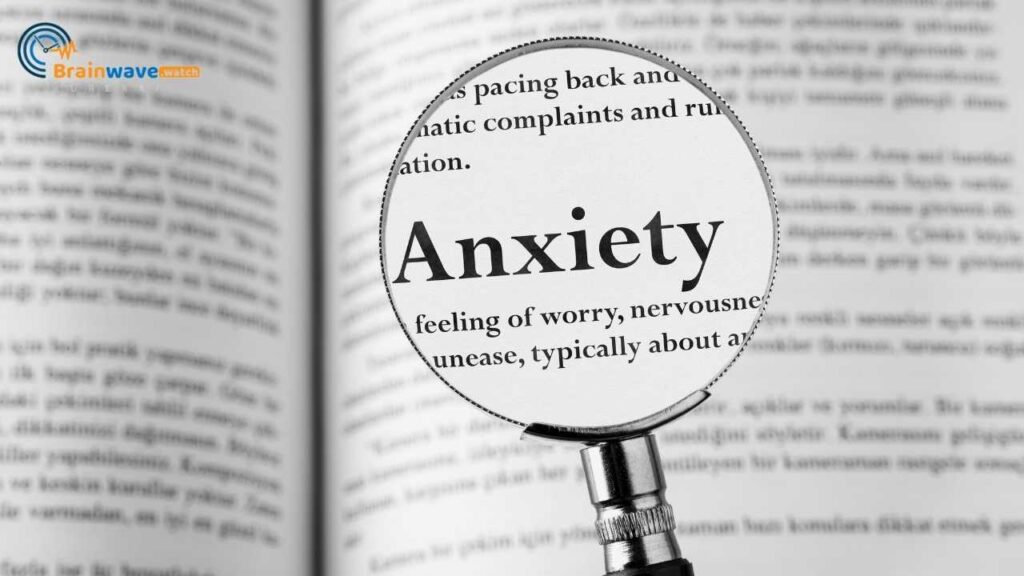Discipline Your autistic child can be challenging, but teaching them appropriate behavior and social skills is necessary. However, traditional forms of discipline, such as physical punishment or yelling, can be ineffective and harmful. Instead, parents and caregivers should adopt a positive and proactive approach to discipline that focuses on teaching and reinforcing positive behavior.
Here are some principles of discipline that can be effective for children with autism:
- Consistency: Children with autism thrive on routine and predictability. Consistent rules and consequences can help them understand what is expected of them and reduce anxiety.
- Clear expectations: Children with autism may have difficulty understanding abstract concepts or social norms. Parents and caregivers should use clear, concrete language and visual aids to explain rules and expectations.
- Positive reinforcement: Rather than focusing on punishment for negative behavior, parents and caregivers should reinforce positive behavior with praise, rewards, and incentives. This can motivate children with autism to repeat positive behavior and develop new skills.
- Individualized approach: Every child with autism is unique, and discipline strategies should be tailored to their individual needs and strengths. Parents and caregivers should work with therapists and educators to develop a personalized plan for discipline and behavior management.
Establishing a Supportive Environment
Disciplining a child with autism requires a supportive environment that promotes positive behavior and emotional growth. Here are some strategies that can be used to create such an environment:
Creating Structure and Routine
Children with autism thrive on structure and routine. Establishing a predictable daily routine can help the child feel more secure and in control. It is important to create a schedule that includes regular meal times, play times, and bedtimes. Visual schedules can be helpful for children who have difficulty with transitions or understanding abstract concepts. Parents can use pictures or symbols to represent different activities and post them in a visible location.
Communication Strategies
Effective communication is crucial for disciplining a child with autism. Parents should use clear, simple language and avoid using abstract concepts or figurative language. It is important to give the child time to process information and respond. Parents should also be aware of the child’s communication style and adjust their communication accordingly. For example, a child who is nonverbal may communicate through gestures or pictures.
Sensory-Friendly Spaces
Many children with autism have sensory processing difficulties. Creating a sensory-friendly environment can help the child feel more comfortable and less overwhelmed. This can include using soft lighting, reducing noise levels, and providing sensory toys or tools. Parents should also be aware of the child’s sensory triggers and try to avoid them when possible.
By creating a supportive environment that includes structure and routine, effective communication, and sensory-friendly spaces, parents can help their child with autism develop positive behaviors and emotional growth.
Behavioral Strategies and Interventions
Disciplining a child with autism can be challenging, but it is essential to help them learn appropriate behavior and improve their quality of life. Here are some effective behavioral strategies and interventions that parents and caregivers can use to discipline their child with autism.
Positive Reinforcement
Positive reinforcement is a powerful tool for disciplining children with autism. It involves rewarding good behavior with praise, attention, or a preferred item or activity. Positive reinforcement can help children with autism understand what behaviors are expected of them and motivate them to repeat those behaviors.
Parents and caregivers can use a token economy system with their children to reinforce positive behavior. The system involves giving the child a token, such as a sticker or a token on a chart, for exhibiting good behavior. The child can then exchange the tokens for a reward, such as a toy or a favorite activity.
Consistency in Rules and Consequences
Consistency is key when it comes to disciplining a child with autism. Parents and caregivers should establish clear rules and consequences for their child’s behavior and consistently enforce them. If the child knows what to expect, they are more likely to understand the boundaries and follow the rules.
It is essential to use consequences that are appropriate for the child’s behavior and development level. For example, a timeout may be effective for a younger child, while a loss of privileges may be more appropriate for an older child.
Teaching Self-Regulation Skills
Teaching self-regulation skills can help autistic children learn to manage their emotions and behavior. Parents and caregivers can use visual aids, such as social stories or picture schedules, to help the child understand what is expected of them in different situations.
Deep breathing exercises and other relaxation techniques can also help children with autism regulate their emotions and behavior. Parents and caregivers can work with a therapist or behavior specialist to develop a plan for teaching self-regulation skills to their children.
Collaborative Approaches
Disciplining a child with autism can be a challenging task for parents or caregivers to handle alone. A comprehensive and collaborative approach is essential to develop effective discipline strategies. Collaboration with professionals, educators, and therapists can pave the way for successful discipline strategies.
Working with Therapists and Educators
Collaboration with therapists and educators can be beneficial in developing effective discipline strategies for children with autism. Therapists can help parents and caregivers understand the child’s behavior and provide guidance on appropriate disciplinary measures. Educators can provide insight into the child’s behavior in school and offer suggestions for behavior management strategies.
Family Involvement and Support
Family involvement and support play a crucial role in developing effective discipline strategies for children with autism. Parents and caregivers should work together to establish consistent rules and consequences for behavior. Involving the child in the development of rules and consequences can help them understand the expectations and take ownership of their actions.
It is important to note that discipline strategies should be tailored to the individual needs of the child. What works for one child may not work for another. Collaborative approaches can help identify effective strategies that work for the child and the family.
Addressing Challenging Behaviors
Children with autism often exhibit challenging behaviors that can be difficult to manage. These behaviors can include self-injury, aggression, and noncompliance. It is important for parents and caregivers to understand the triggers for these behaviors and have effective crisis management techniques in place.
Identifying Triggers
Identifying the triggers for challenging behaviors is key to preventing them from occurring. Triggers can be internal or external and can include sensory overload, changes in routine, hunger, fatigue, or frustration. Parents and caregivers should keep a log of when challenging behaviors occur and what was happening before the behavior occurred. This can help identify patterns and potential triggers.
Once triggers have been identified, parents and caregivers can work to avoid or minimize them. For example, if a child becomes overwhelmed in noisy environments, parents can bring noise-canceling headphones or avoid crowded places. If a child becomes frustrated during transitions, parents can use visual schedules or timers to help the child understand what is happening next.
Crisis Management Techniques
Despite efforts to identify and avoid triggers, challenging behaviors may still occur. Parents and caregivers need to have effective crisis management techniques in place to ensure the safety of the child and others.
One effective technique is to remove the child from the situation and provide a calming environment. This can include a quiet room with calming activities such as coloring or listening to music. It is also important to remain calm and provide reassurance to the child.
Another technique is to use positive reinforcement to encourage appropriate behavior. This can include verbal praise, stickers, or other rewards. It is important to be consistent with rewards and to provide them immediately after the appropriate behavior occurs.
In some cases, physical restraint may be necessary to ensure the safety of the child and others. However, physical restraint should only be used as a last resort and should be done safely and appropriately.











